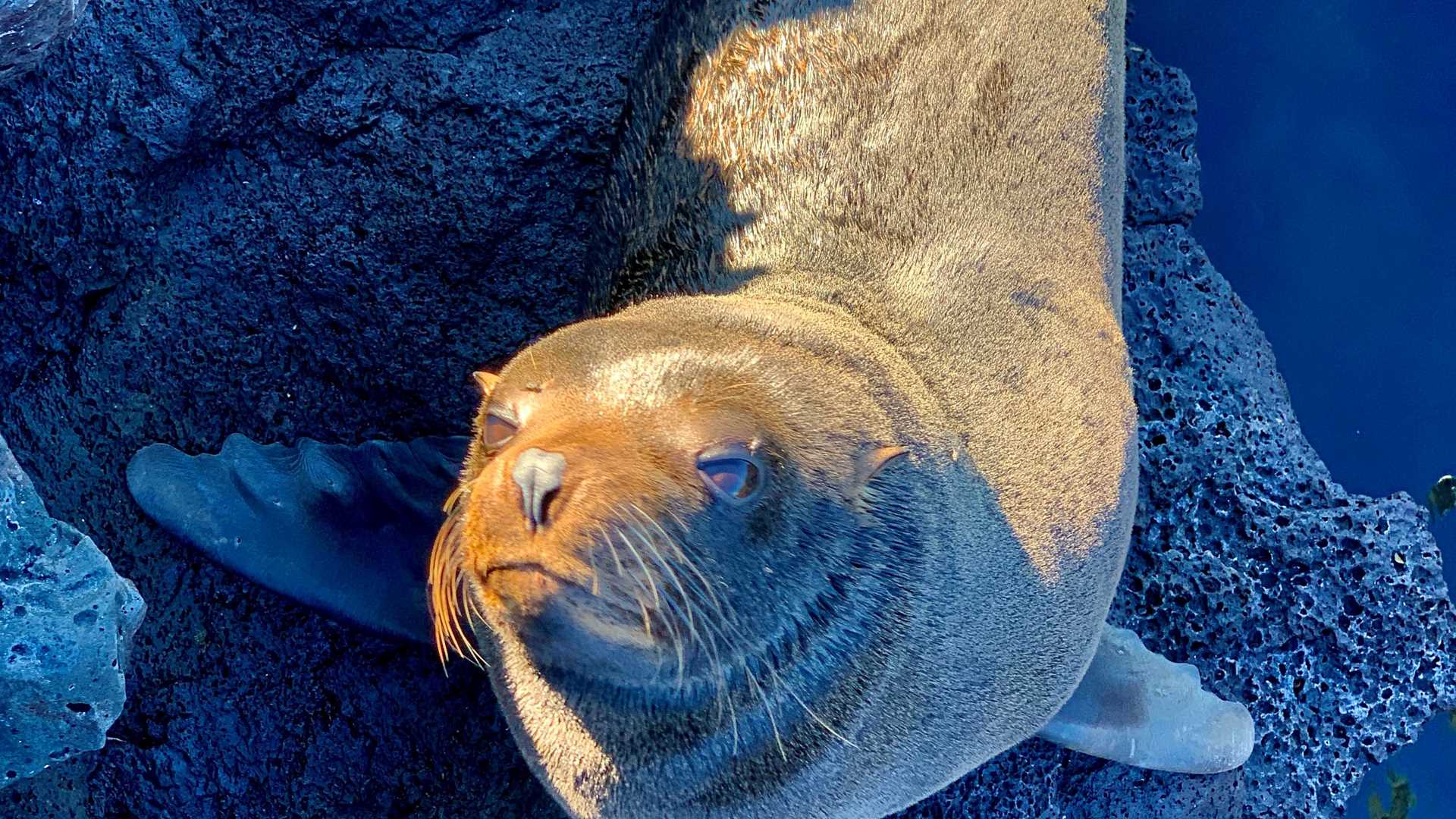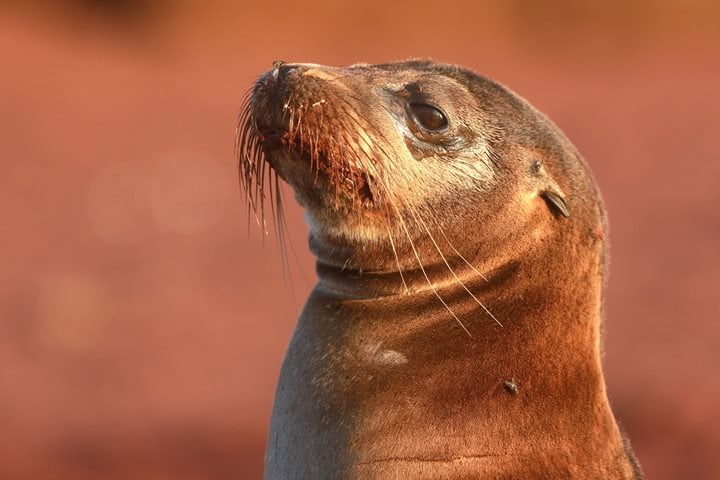One of the most famous visitors to Galapagos was Charles Darwin. He spent nine days out of the nineteen on this island. Exploring this island on three visitor sites is like going back in time.
It is amazing to be able to say that the island is in better shape that when Darwin was here! This is thanks to the restoration programs carried on across the archipelago. Lindblad Expeditions adopted this island to support until declared free of goats and pigs.







